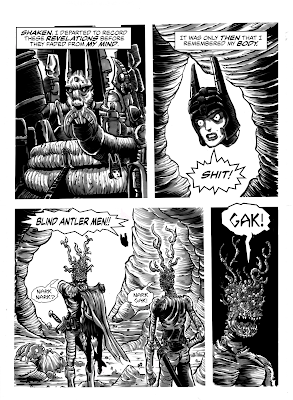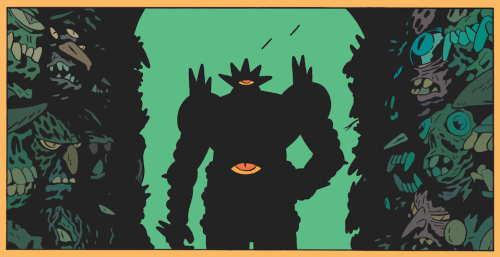Jack Shear wrote a
post last week where he espoused a number of "heresies" regarding D&D. One of these was that he didn't like the World of Greyhawk or Faerun. This got me to thinking about what I feel about D&D's various setting and their pros and cons as I see it. I don't claim to be an expert in any of these settings, so if you think I don't get them because of a lack of knowledge you are certainly free to go on thinking so. I'm just calling it like I see it.
Greyhawk
Pros: At its best, it really sort of feels like D&D and it seems organic. It's worldbuilding may not go into the annals of literary fantasy best practices, but it has a certain charm in accordance with the charm of old D&D itself.
Cons: Maybe the downside of that organicness is a lack of focus that makes it hard to get a handle on. The World of Greyhawk box set really doesn;'t give me any hint about how I should approach the material and the Gord novels (yeah, I read a couple) are all over the place. We get a gritty sort of Lankhmar thing in the beginning, then we wind up whooshing through the sky on Chariots of Sustarre.
Verdict: Not a huge fan overall, but I have more of a positive feeling than does Jack.
Forgotten Realms
Pros: They're big and a bit more coherent, literary worldbuildery. The Dragon articles about "The Realms" back in the day really captured my interest.
Cons: Their literary worldbuilding models seem to be the hordes of bland trilogies that choke the shelves to this day. It's not just vanilla, it's kind of corporate bland. "The Realms" seem to have been lost in the translation to official product.
Verdict: Less interesting that Greyhawk, though there are aspects to recommend, I guess.
Mystara/Know World
Pros: Well-presented, with distinct cultures that are easy to get a handle on. It's got the Hollow World, too. I find Immortals over gods (in BECMI) a sort of interesting thing, if not as well-explored as it could be. Also: a whole lot of Stephen Fabian.
Cons: The cultures' real-world antecedents are pretty blatant, but that doesn't bother me as much as it does other people. Gritty it is not, particularly, or dark.
Verdict: It's kind of vanilla, but it's vanilla done well. I'm more into it than the two previous worlds.
 |
| Caldwell! |
Dragonlance
Pros: There are some interesting twists to the vanillaness here; it is somewhat successful at evoking the epic fantasy subgenre.
Cons: A setting made for one story never seems as good for stuff outside of that story. It still presents pretty standard D&D like the settings above.
Verdict: A good setting for bad novels isn't a particularly good setting for my game. It is more maligned than it probably should be for the railroadness of its modules, but they are pretty railroady and are emblematic of the missteps of an era.
Ravenloft/Dark Sun/Planescape/Spelljammer
Pros: They all have interesting high concepts and are genuinely trying to do something different.
Cons: The high concepts are not always executed well or flavorfully. Corporate blandification seems to get in the way, as does bloat to ensure more supplements are made.
Verdict: I admire them all, but their specialized nature means they're sort of niche, and some of the niches I think I could do better doing my own thing. Planescape gets extra points for Tony DiTerlizzi.
Eberron
Pros: Pulp vs. fantasy is an idea I
obviously like.
Cons: Despite all its talk of a different approach it seems to come out more like trad fantasy than any of the 2nd edition settings above.
Verdict: Maybe because it parallels my interest but does it in a utterly different way, I am predisposed not to like it, but it does generate more negative feeling from me than is probably warranted.
My favorite TSR published settings? Lankhmar, Empire of the Petal Throne, and (moving away from D&D) the Hyborian Age of Conan.



























































